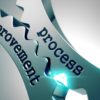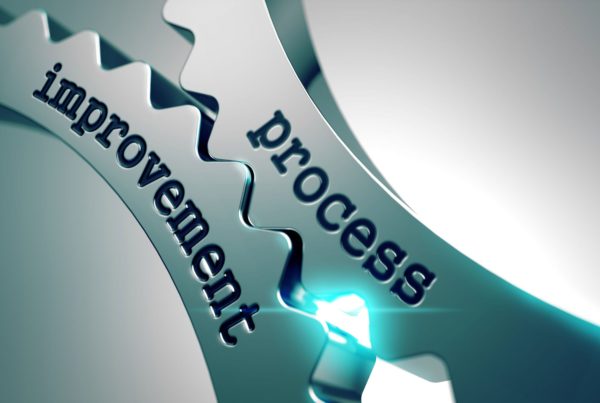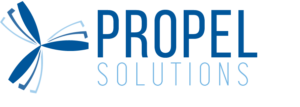By Amrit Morsara
Organizations are constantly looking for ways to streamline operations, improve customer experience and outperform in their industries; whereas leaders are constantly requesting teams to innovate, innovate, innovate! So how do you keep up with the demands and drive process efficiencies? You standardize!
You may be thinking, “What? Why would I standardize, I want to innovate and cultivate new ideas!”
You first have to take on the perspective of your customer – what do you want as a customer? Generally, your answer will be a consistent level of service or product.
To further this illustration, let me give you a couple of examples:
- Regardless of where you are in the world you know that McDonald’s will always provide you with the same cheeseburger and fast service. What would you do if suddenly there was a ‘please wait to be seated’ sign by the front door?
- You want to know that when you go to Costco the layout is going to be the same so you can find everything you need. Could you imagine walking in and having the meat section by the cashier?
As contradictory as it may seem, as a customer we look for consistent service and products that meet our needs yet as an organization we look for new ways to conduct our business. This results in us constantly fire fighting the same issues and reinventing the wheel to provide a consistent product or service demanded by our customers, thereby reducing our capacity to work on other more meaningful innovation tasks.
Standardized work is one of the most powerful but least used lean tools. By documenting the current best practices, standardized work forms the baseline for kaizen or continuous improvement. As the standard is improved, the new standard becomes the baseline for future improvements; improving standardized work is a never-ending process.
Once there are established standards you can increase operational efficiency, reduce deviations and scale operations; this allows you to build capacity within existing resources to innovate.
Back to our case at McDonald’s – they have standardized the process of opening new locations to utilize their creativity to find solutions to core business issues like product development, driving growth and innovative marketing. Regardless of where in the world a McDonald’s is opened, the process for buying land, the building timeline and finishings are always the same.
Some individuals have the perspective that standardization makes work meaningless and dehumanizing; however, standardized work is a learning tool that supports audits, promotes problem solving, and involves team members in developing solutions. Standardization can benefit organizations by documenting current processes, reducing variability, identifying training needs for current/new employees, and providing a baseline for improvement activities.
Standardizing work adds discipline to the organizational culture; an element that is frequently neglected but essential for business process improvement to take root. Without standardization all improvement efforts will revert back to their previous state. Introducing the rigor of standardized processes to your organization will ensure that the bar is consistently raised for sustained operational improvements.








